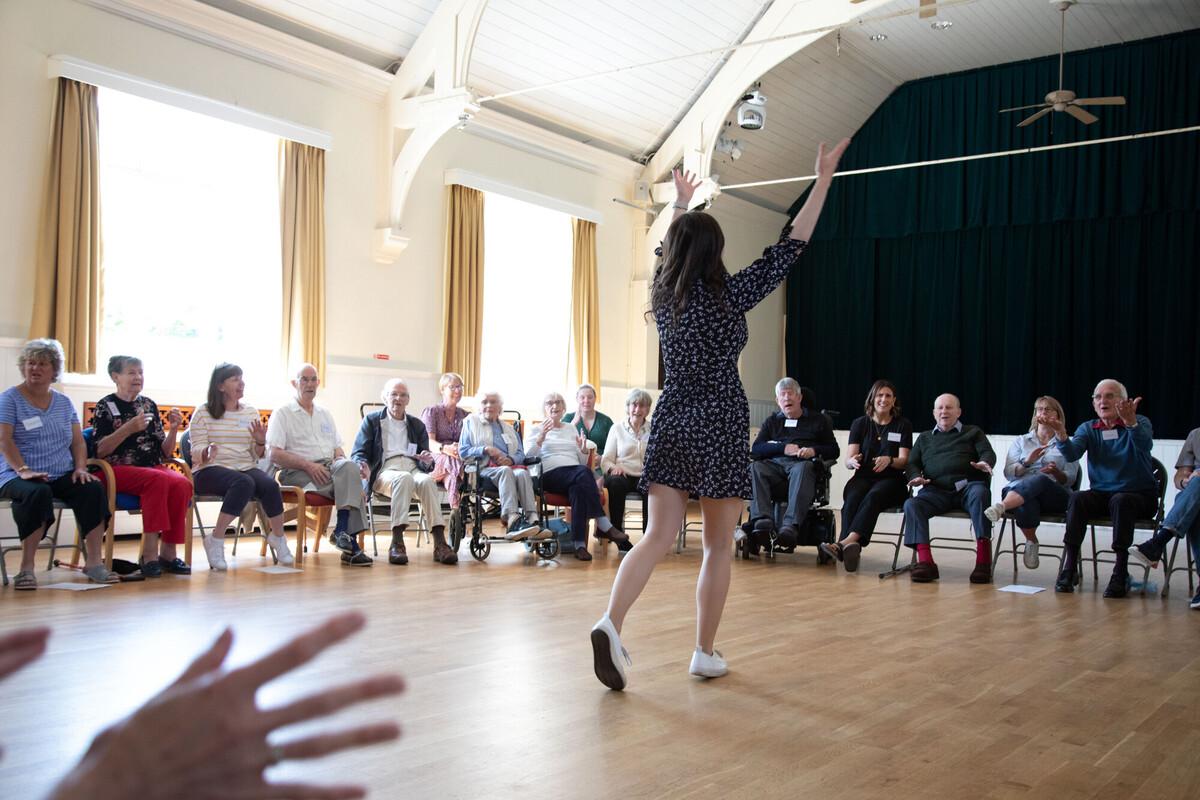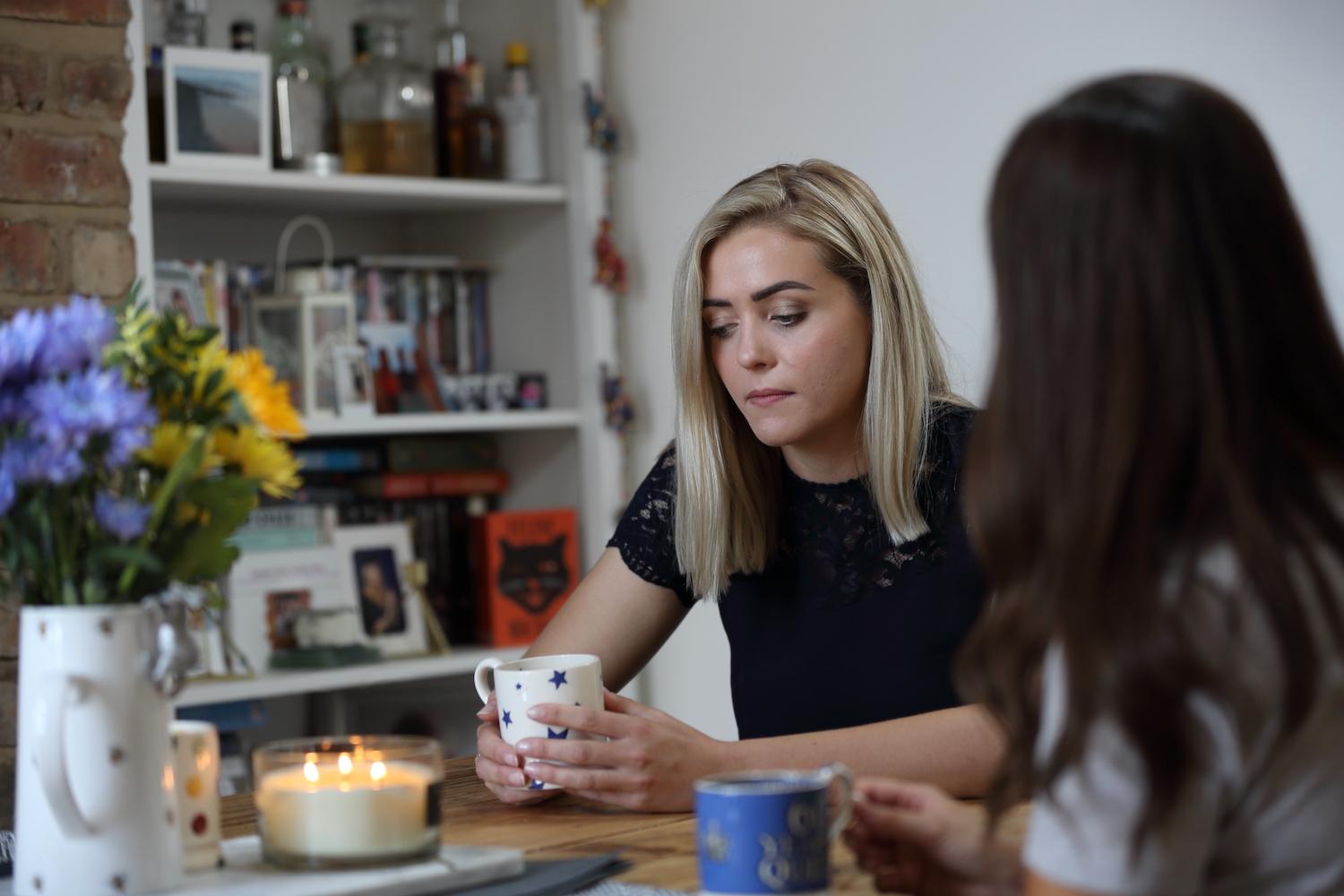After a stroke, returning to your daily routine can be a struggle. Getting dressed is no exception and for many, can prove to be a very frustrating and challenging task. This guide offers some helpful, practical tips.
The way we dress is a means of showing our personality. It can also change your mood. If we cannot dress the way we want, it can make us feel bad about ourselves.
Adaptive clothing is one solution to help overcome this problem.
It can help to avoid tricky fastenings and restricting shapes. This can generally make dressing less of a struggle. Discrete adaptations to clothes can reduce frustration, give back confidence and transform lives. It can be helpful whether you are able to self dress or need assisted dressing.
Here are some of our top tips for easier dressing;
Front Opening Velcro Designs
Hand dexterity and strength can be affected after a stroke.
You can avoid tricky overhead dressing by selecting fully front-opening options. You can find these for as shirts, tops and nightwear.
Once the front of the garment is open, you can use your unaffected arm to dress the affected side first. To take them off, first take off the side that is not affected by the stroke. Then help to remove the affected side.

Tips on what to look for:
- Avoid buttons and zips that can be fiddly to fasten. Instead, substitute these for touch-close alternatives like Velcro or poppers.
- Start fastening the velcro halfway down on tops and shirts. This will ensure the patches are more evenly aligned.
- Zipper pulls can help you 'hook' your fingers through for an easier grip on your clothing.
- Bras can be particularly tricky if they fasten at the back. Front opening bras make it a lot easier to get to and grip onto the fastenings. Choose Velcro fastening bras for added ease of touch closures.
The Able Label offers a vast range of front-opening designs with secure Velcro fastenings, to open and close with ease.
Slippery Lining
Bulky fastenings and stiff fabrics can make dressing into outerwear very restricting.
Slippery and silky linings in clothing can help make it easier to slip styles on, without having to manoeuvre limbs too much.

Sleeveless & Looser Fitting Designs
Looser fitting styles will make dressing much easier and more comfortable. Short sleeve styles, especially with wider openings like raglan sleeves, can provide ease of access and arm movement.
Sleeveless options are even more ideal to avoid tricky sleeves altogether. Simply pop a wrap or poncho over your head and allow the garment to drape softly around you.
Relaxed clothing can provide all-day comfortable and stylish layering without feeling restricted. Machine washable knitted and jersey styles tend to be an easy care option as they don't crease!

Comfortable Stretch Fabrics
For greater comfort and well-being, super stretch fabrics will move with the body rather than against it. Jerseys, including viscose with elastane, help make getting in and out of clothes a lot easier. High-stretch fabrics also give all-day comfort around your movements.
Trousers with elasticated waistbands not only give a little extra room, they also make getting them on easier. The stretch will give all-day comfort and make toileting easier too.
To keep feet happy, warm and to avoid slipping at home, non-slip socks with grippy soles make walking a lot safer.

Extra Tips For Easy Dressing
- Lay out your clothes before dressing. Plan how you are going to put them on before starting and arrange them in order of dressing.
- Set realistic targets and allow plenty of time for dressing.
- Dress in a seated position or with the support of a rail or handle, in front of a mirror if possible.
- Ensure the clothes you will be dressing into are within easy reach.
- Dress your affected side first and undress your affected side first.
- Opt for simple styles that are light to handle, have generous openings and have fewer, larger fastenings.
- Use dressing aids for extra help e.g. long handled shoe horns and zip pulls.
- If fastening Velcro, start halfway down on tops and shirts. This will ensure the patches are more evenly aligned. Always ensure garments with Velcro are washed with fastenings closed. This will maintain strength and avoid damage to Velcro and other clothes.
- Boost confidence with accessories including stretch-on or magnetic accessories, jewellery or clip-on earrings. Clip-on ties are available for smart menswear outfitting.
You can learn more about The Able Label and their adaptive clothing for people affected by stroke by clicking here.
Other blogs in this category

Community, connection and coping - support for your mental health after stroke
Having stroke can impact on your daily life, relationships, and…
Learn more

Feelings of grief after a stroke
The process of coming to terms with a stroke diagnosis can be…
Learn more
